The importance of antioxidants which play the role in cellular response against oxidative/nitrosative stress: current state
- PMID: 27456681
- PMCID: PMC4960740
- DOI: 10.1186/s12937-016-0186-5
The importance of antioxidants which play the role in cellular response against oxidative/nitrosative stress: current state
Abstract
Remarkable interest has risen in the idea that oxidative/nitrosative stress is mediated in the etiology of numerous human diseases. Oxidative/Nitrosative stress is the result of an disequilibrium in oxidant/antioxidant which reveals from continuous increase of Reactive Oxygen and Reactive Nitrogen Species production. The aim of this review is to emphasize with current information the importance of antioxidants which play the role in cellular responce against oxidative/nitrosative stress, which would be helpful in enhancing the knowledge of any biochemist, pathophysiologist, or medical personnel regarding this important issue. Products of lipid peroxidation have commonly been used as biomarkers of oxidative/nitrosative stress damage. Lipid peroxidation generates a variety of relatively stable decomposition end products, mainly α, β-unsaturated reactive aldehydes, such as malondialdehyde, 4-hydroxy-2-nonenal, 2-propenal (acrolein) and isoprostanes, which can be measured in plasma and urine as an indirect index of oxidative/nitrosative stress. Antioxidants are exogenous or endogenous molecules that mitigate any form of oxidative/nitrosative stress or its consequences. They may act from directly scavenging free radicals to increasing antioxidative defences. Antioxidant deficiencies can develop as a result of decreased antioxidant intake, synthesis of endogenous enzymes or increased antioxidant utilization. Antioxidant supplementation has become an increasingly popular practice to maintain optimal body function. However, antoxidants exhibit pro-oxidant activity depending on the specific set of conditions. Of particular importance are their dosage and redox conditions in the cell.
Keywords: Antioxidants; Oxidative/Nitrosative stress; Reactive oxygen and reactive nitrogen species.
Figures
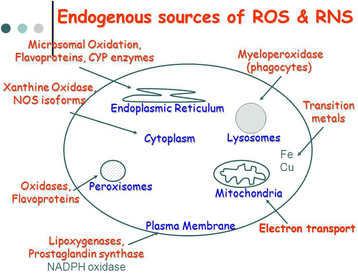

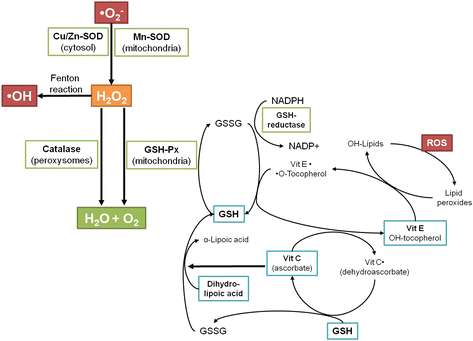
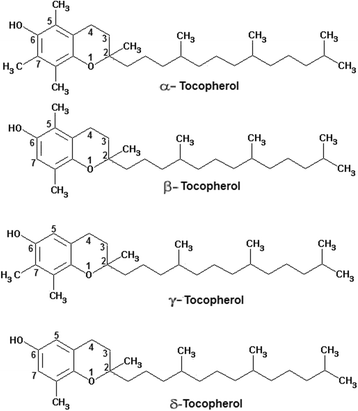
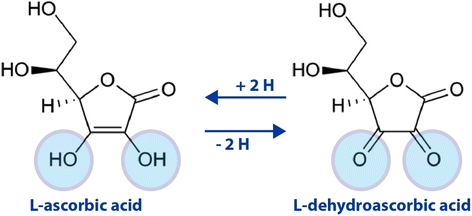

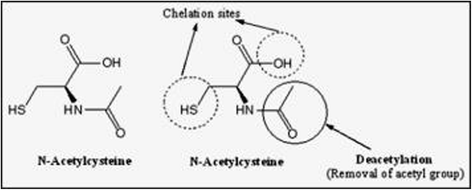
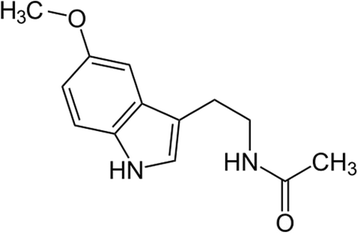
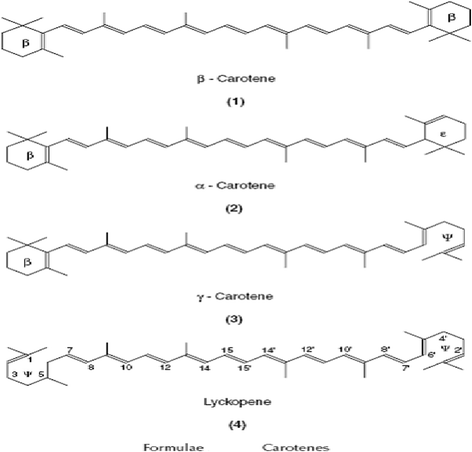
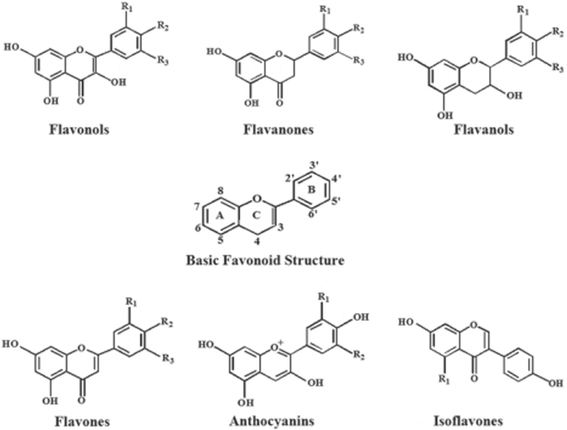
References
-
- Barbacanne MA, Souchard JP, Darblade B, Iliou JP, Nepveu F, Pipy B, Bayard F, Arnal JF. Detection of superoxide anion released extracellularly by endothelial cells using cytochrome c reduction, ESR, fluorescence and lucigenin-enhanced chemiluminescence techniques. Free Radic Biol Med. 2000;29:388–96. doi: 10.1016/S0891-5849(00)00336-1. - DOI - PubMed
Publication types
MeSH terms
Substances
LinkOut - more resources
Full Text Sources
Other Literature Sources
Medical

